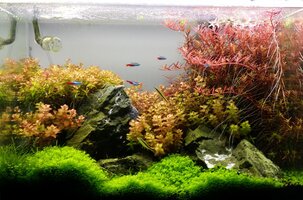Ingredients: Total Nitrogen (N) (24%) (Ammoniacal Nitrogen (3.5%), Urea Nitrogen (20.5%), Available Phosphate (P2O5) (8%), Soluble Potash (K2O) (16%), Boron (B) (0.02%), Copper (Cu) (0.07%), Water Soluble Copper (Cu) (0.07%), Iron (Fe) (0.15%), Chelated Iron (Fe) (0.15%), Magnesium (Mn) (0.05%), Chelated Manganese (Mn) (0.05%), Molybdenum (Mo) (0.0005%), Zinc (Zn) (0.06%), Water Soluble Zinc (Zn) (0.06%).
Derived from Ammonium Sulfate, Potassium Phosphate, Potassium Chloride, Urea, Urea Phosphate, Boric Acid, Copper Sulfate, Iron EDTA, Manganese EDTA, Sodium Molybdate, and Zinc Sulfate




